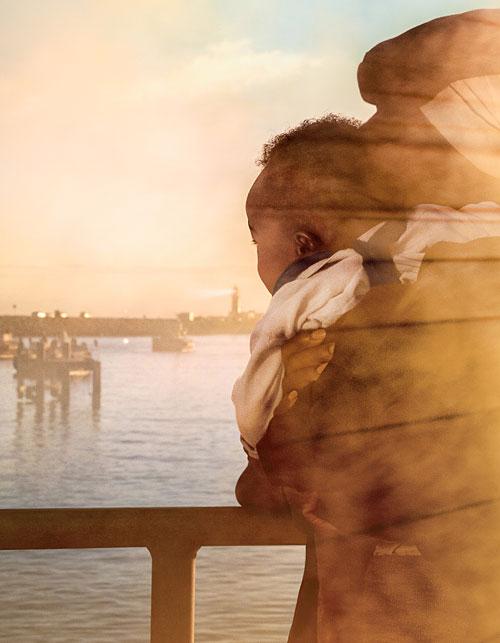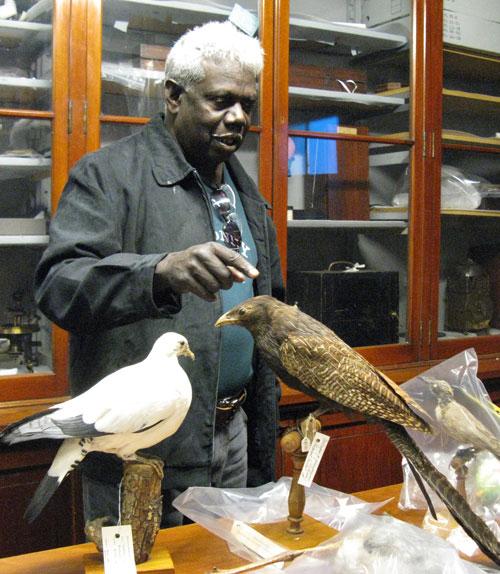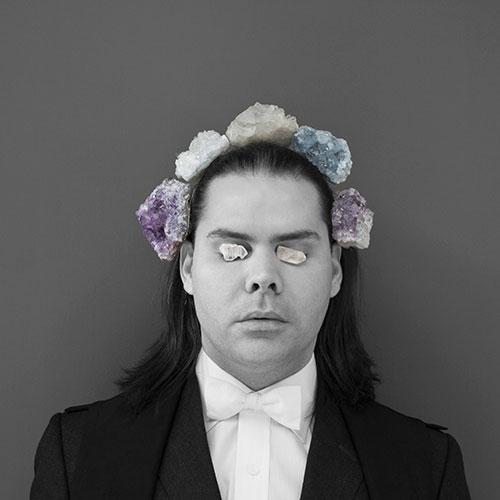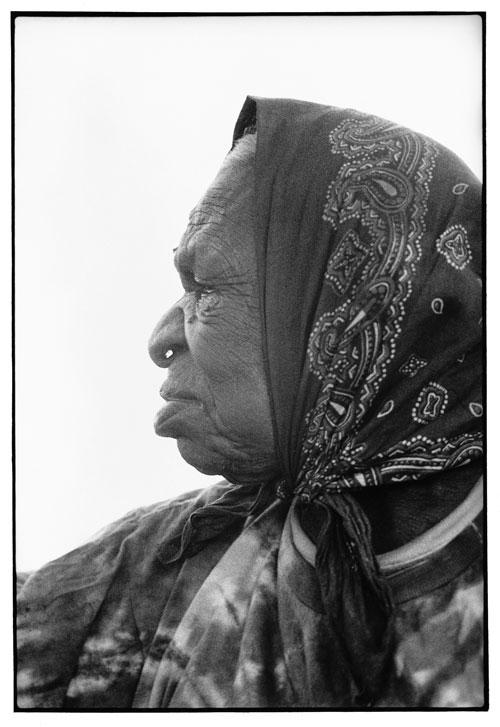Collisions: The Martu respond to Maralinga
On the cross‑cultural collaborations of filmmaker Lynette Wallworth working with Nyarri Nyarri Morgan and Curtis Taylor

One of Tracey Moffatt’s lasting cinematographic memories, as she told me, is of films with harbour scenes, of working ports, rough workmen, the coming and going of exotic people, fogs, and foghorns. Tracey Moffatt’s photographic and film work commissioned for the Australian Pavilion in Venice responds to this landscape of cinematic time.

I can remember the first time I was taken into a museum storeroom. I remember it being still, organised, open and unashamed. I could see countless rows of shelving stretching from the floor to a ceiling so high that the optical illusion it created masked its vastness. The air was unmoving, the smell musty and organic. When my eyes adjusted to what lay on these shelves I had trouble taking it all in: wood, feathers, stone, bark, ochre worked in countless combinations. I searched for the clues which would guide me to material from north‑western New South Wales, to my Father’s country, and my ngurrambaa (Yuwaalaraay) or “family land”.

An emerging history of transcultural engagements in recent years is evident in the growing number of projects by Australian Indigenous artists working with collections held by British cultural institutions. From Judy Watson’s research at the British, Horniman and Science museums in the 1990s, to Daniel Boyd’s residency with the Natural History Museum and projects by Brook Andrew and Julie Gough at the Cambridge Museum of Archeology and Anthropology, these Australian Indigenous artists have negotiated complex histories of colonial collecting practices, contemporary modes of museum display, issues of cultural ownership and repatriation, as well as the role of the artist as a new kind of researcher and interpreter of archives and cultural heritage.

Art critic Robert Hughes made the assessment that Aboriginal art was the last great art movement of the twentieth century. It started at the Aboriginal community called Papunya, in which Aboriginal men had been painting on canvas for the outside market with great success since the 1980s. The Papunya art style, as it became known, sometimes compared to forms of Western modernism—from abstract expressionism to minimalism and even conceptual art—presented a comparison that was rarely taken literally, although some critics of the 1987 Dreamings exhibition in New York did wonder if the Aboriginal artists had been appropriating New York art. But when it came to the late paintings of Emily Kame Kngwarreye, critics really did start to question the relationship between modernism and Western Desert painting, ascribing to her the genius and expressive freedom associated with the masters of Western modernism.
